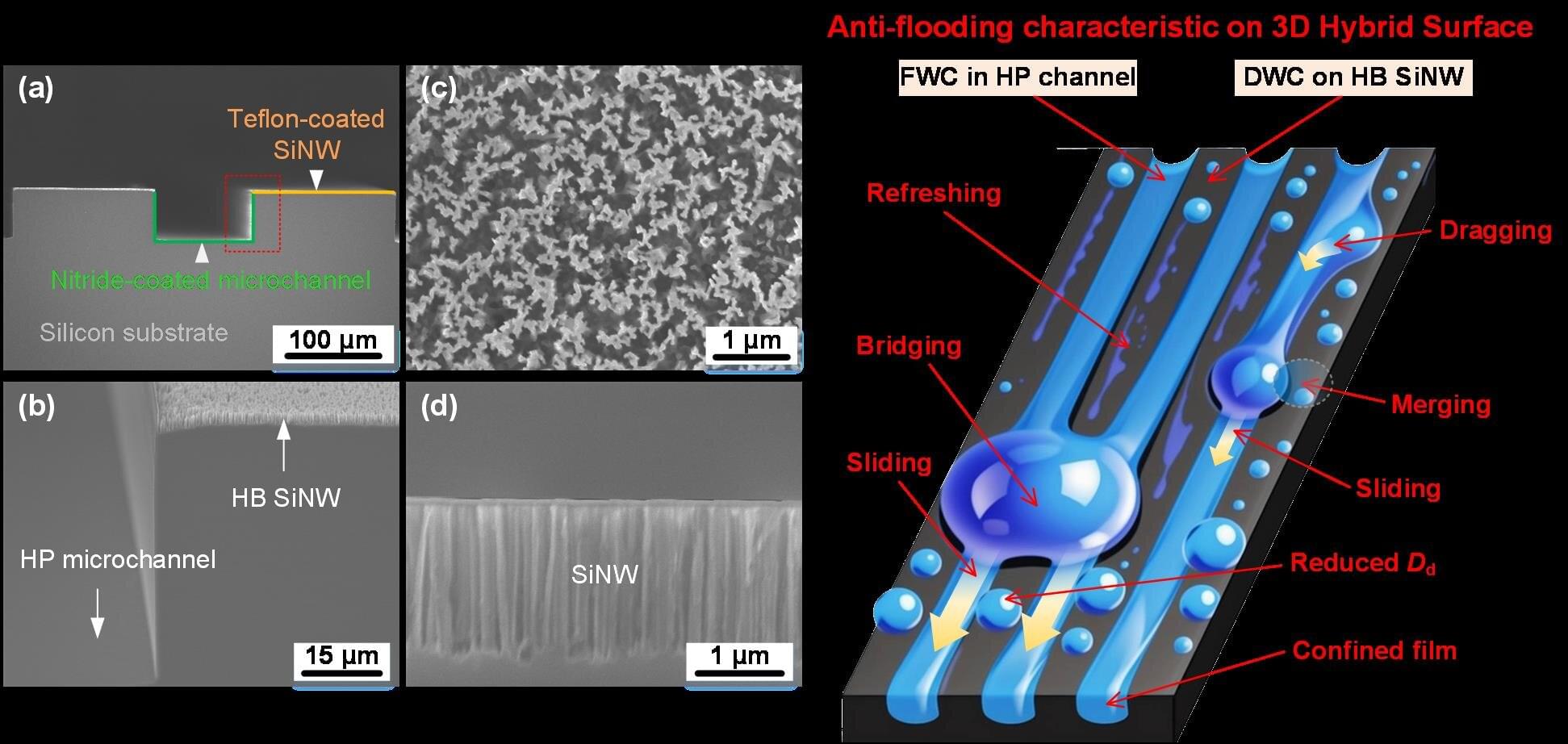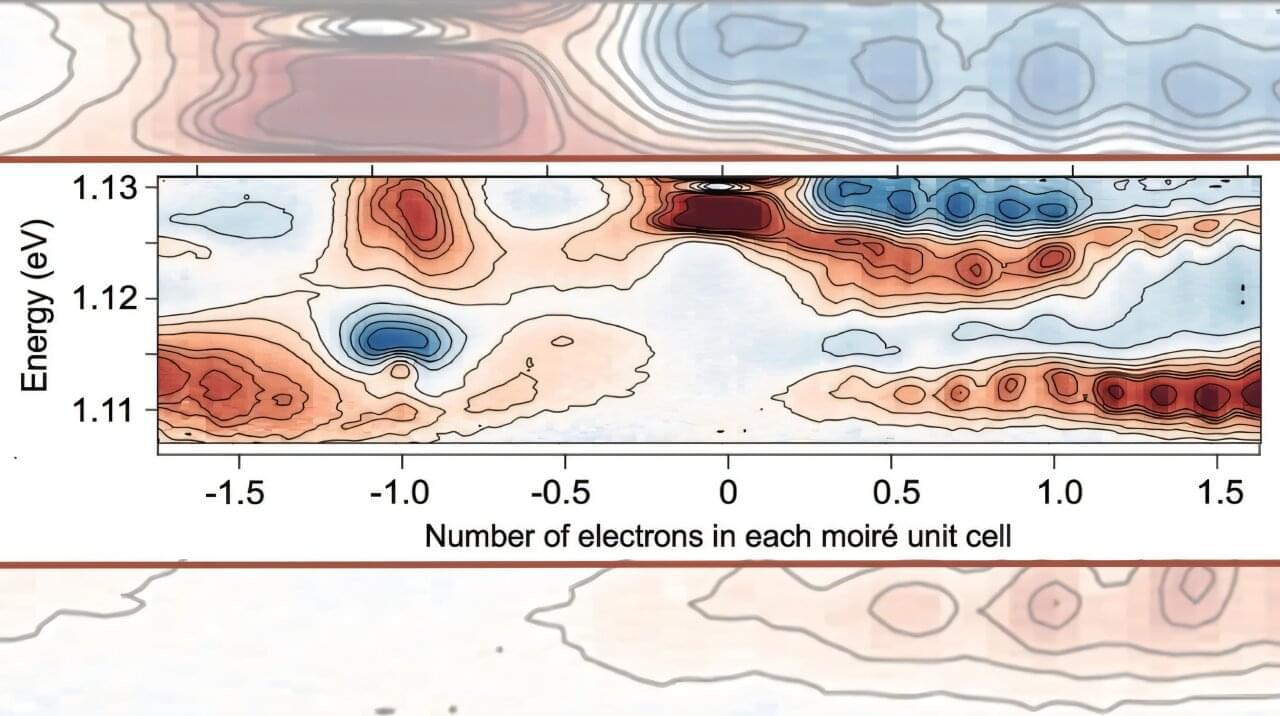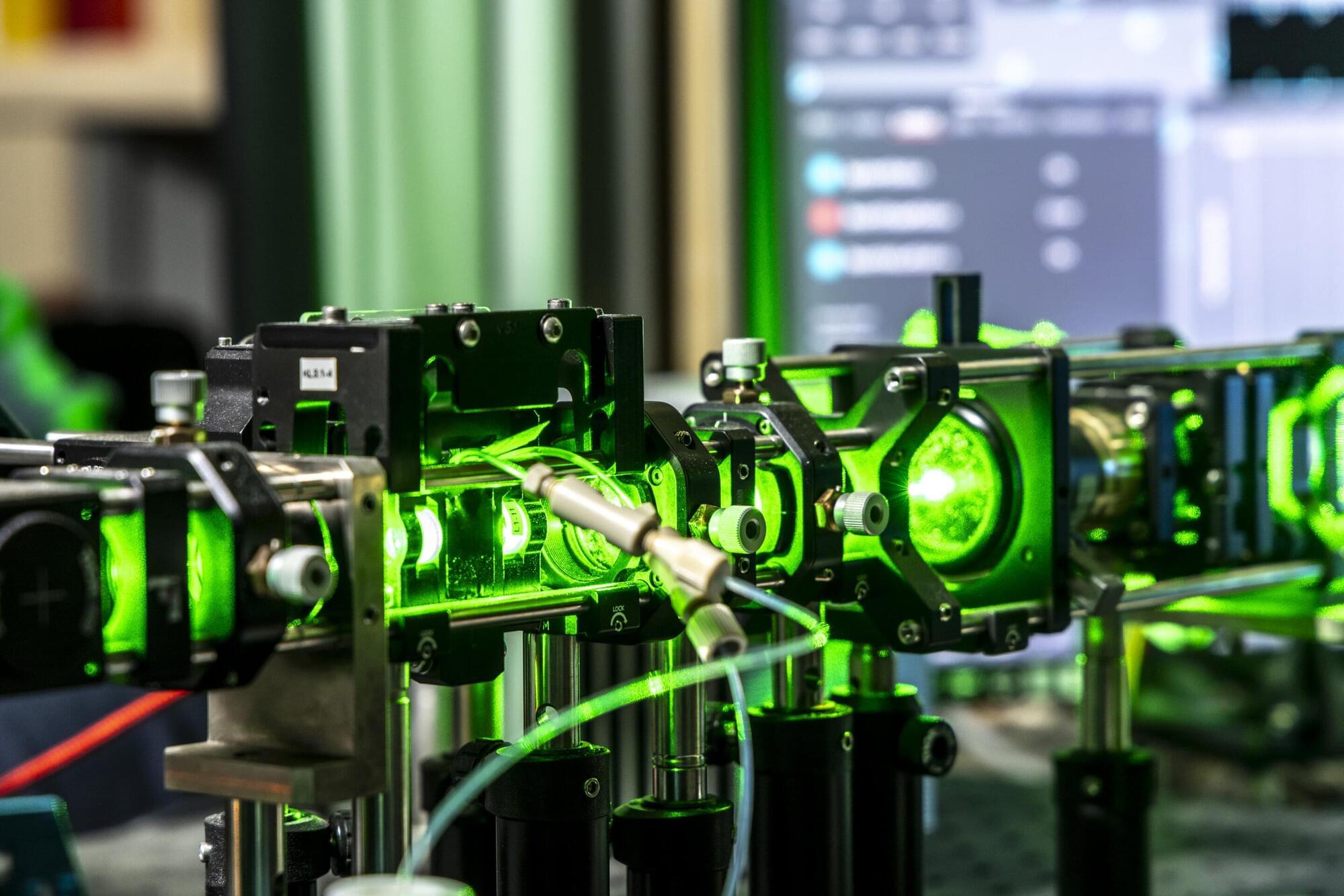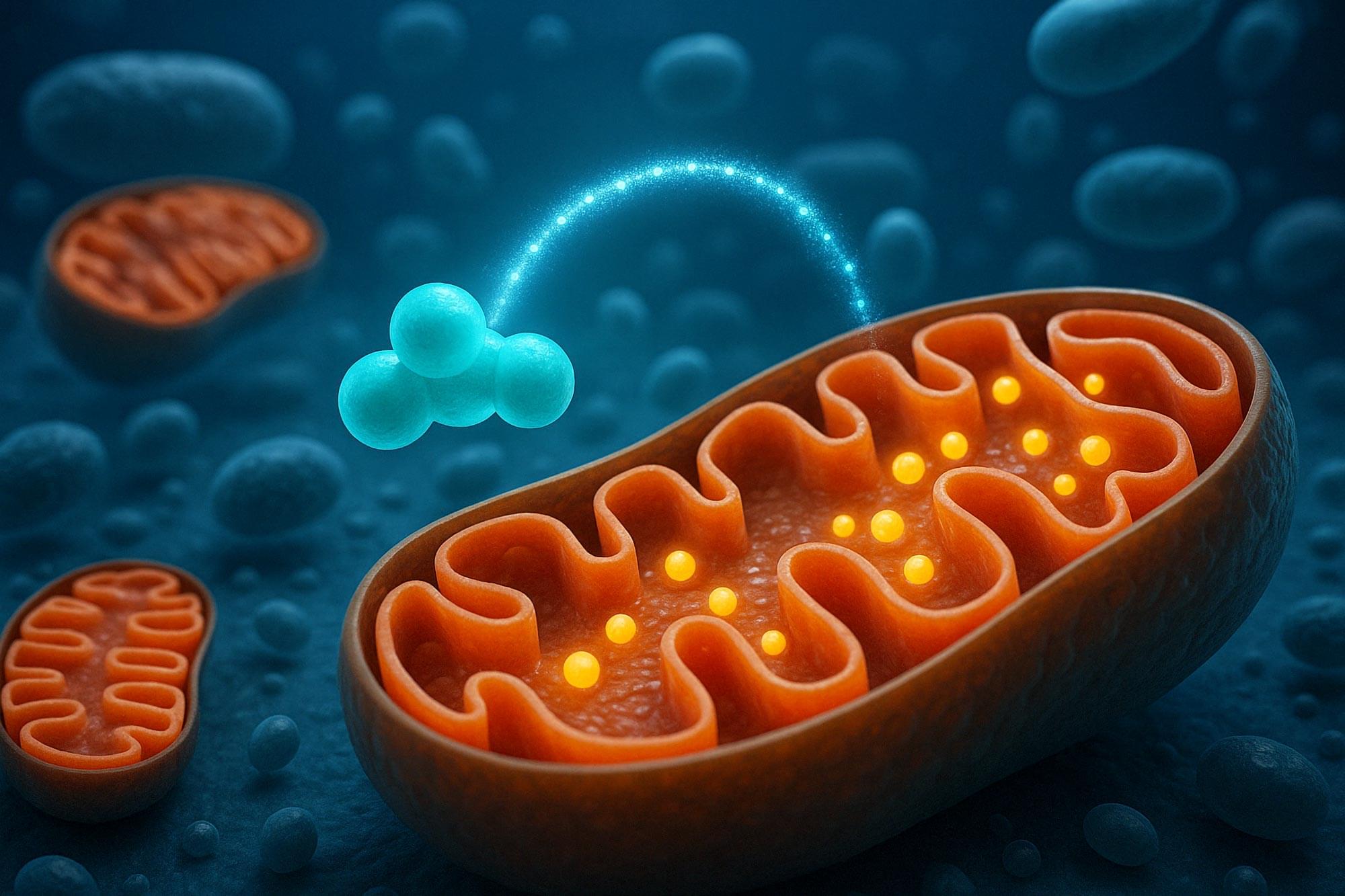Condensation is critical for applications like power generation, water harvesting, and cooling systems. However, traditional surfaces suffer from a drop in performance under high subcooling, when the surface temperature is much lower than the surrounding vapor. This leads to water flooding and reduced heat transfer.
To tackle this long-standing challenge, researchers at National Taiwan University and National Chung Hsing University have developed a novel three-dimensional (3D) hybrid surface that significantly enhances condensation performance and avoids flooding, even at high subcooling. The paper is published in Small Structures.
The new surface integrates short hydrophobic nanowires and hydrophilic microchannels in a structured pattern. This combination helps guide water droplets efficiently off the surface, preventing the accumulation of water that typically hampers heat transfer.








